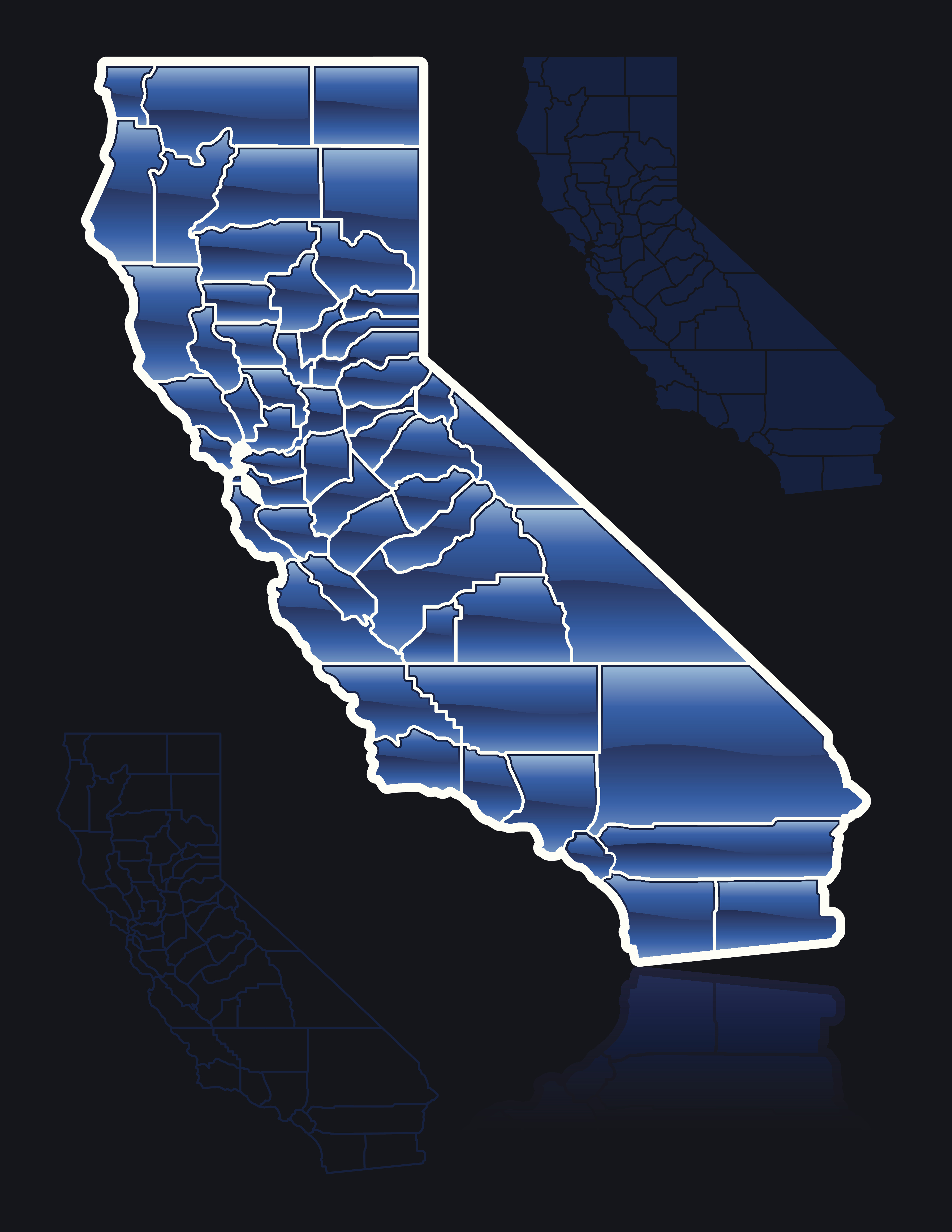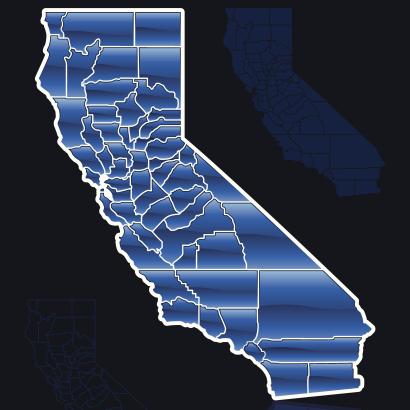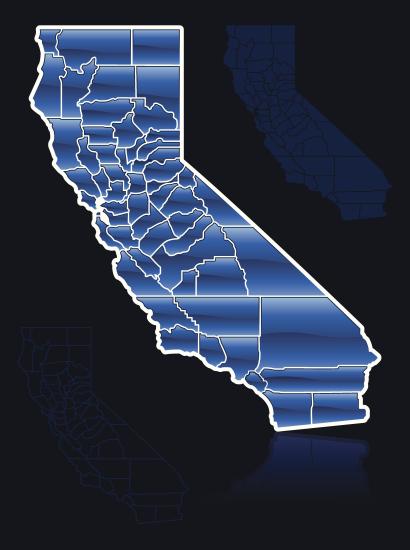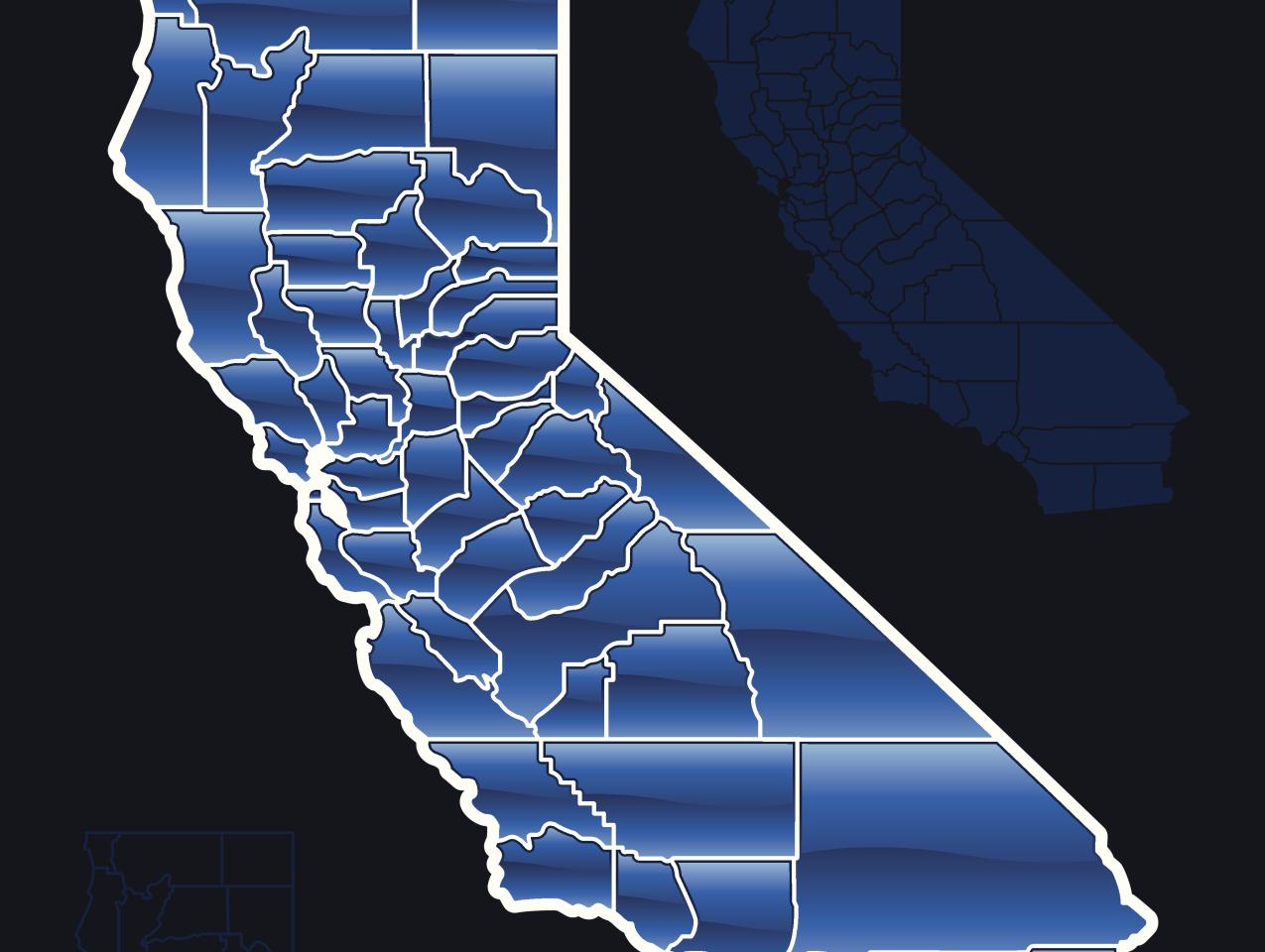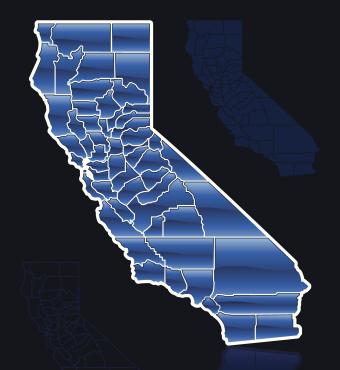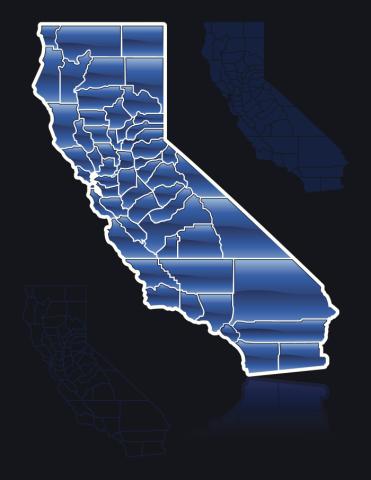- Politics, Institutions, and Public Opinion
- California
- Campaigns & Elections
- Revitalizing American Institutions
Texas and California are currently engaged in a national fight over who gets to draw the congressional district lines that may decide whether Republicans keep control of the House of Representatives after the 2026 midterm elections. Evaluating congressional districts lines is typically conducted once a decade, following every census, to adjust districts based on population changes, but Texas Republicans are pursuing a mid-decade redistricting that could net up to five new GOP House seats before the 2026 midterms. California Gov. Gavin Newsom is moving to counteract Texas with his own mid-decade redistricting attempt to increase the number of Democratic districts in California.
Presently, Texas holds 38 US House seats, split between 25 Republicans and 12 Democrats, with one vacancy. California holds 52 US House seats, held by 43 Democrats and 9 Republicans. Nationally, the Republicans hold a seven-seat majority in the House. This thin majority is at risk, because historically, midterm elections often favor the party out of power. During President Trump’s first term, Republicans lost 40 seats in the 2018 midterm elections and lost control of the House. And in President Obama’s first term, Democrats lost 63 seats and Republicans gained control of the House in the 2010 midterms. If Republicans were to lose House control in 2026, then the president’s legislative agenda would have virtually no chance of being implemented.
Both states have been accused of “gerrymandering”—the manipulative drawing of congressional district lines for purely political purposes. The term dates to 1812, when Massachusetts Governor Elbridge Gerry redrew congressional district maps in Boston to benefit the Democratic-Republican Party, which was in opposition to the Federalist Party. Because some believed the new district looked like a salamander, the term “gerrymandering” has stuck.
Texas has argued that it isn’t engaging in gerrymandering but rather is pursuing a mid-decade evaluation due to the roughly 2 million people the state has added since 2020, most of whom now live in the areas of Austin, San Antonio, Dallas-Fort Worth, and Houston.
It is reported that the Texas plan would create two more districts in which White residents make up a majority of eligible voters; change one district to one in which Hispanic voters would form the majority; and create two districts with an African-American majority. This may result in the Texas delegation changing from 25 Republicans and 13 Democrats to 30 Republicans and 8 Democrats in the House.
Legally, Texas has a few Supreme Court decisions on its side, including League of United Latin American Citizens (LULAC) v. Perry (2006). The LULAC decision indicates that states can redraw congressional lines outside of decadal censuses provided they comply with federal laws, such as the Voting Rights Act of 1965, which forbids states to redraw voting districts that discriminate against minority voters; and that they generally preserve the “one person, one vote” principle that has long guided the drawing of districts.
In fact, Texas argues, the current composition of four House districts is illegal, with three districts having been formed so that Black and Hispanic voters could form a majority coalition. Texas says that these “coalition districts” dilute the principle of “one person, one vote” and thus violate the Voting Rights Act of 1965. Texas thus views their redistricting as a way of restoring the “one person, one vote” principle, not subverting it.
Democrats disagree vehemently. Led by Minority Leader Hakeem Jeffries, they view Texas’s efforts as pure gerrymandering and have threatened to go “scorched earth” with their own redistricting plans, which is already beginning in California.
California’s attempt at redistricting, led by Gov. Newsom, is a different story, both in terms of the reasons for redistricting and its legality. Voters removed politicians from the map-drawing business with the Citizens Redistricting Commission—via Proposition 11 (2008) and Proposition 20 (2010)—and locked that structure into the state constitution (Article XXI). Newsom is proposing a legislatively referred constitutional amendment to temporarily bypass California’s independent Citizens Redistricting Commission and let the legislature redraw US congressional districts. It would be a triggered, one-time move: the new map would only take effect if Texas or other Republican-led states enact partisan redistricting first.
If approved by November’s vote, the legislature-drawn map would apply to the 2026, 2028, and 2030 electoral cycles, after which redistricting would revert to the independent commission post-2030 census. However, Newsom’s gerrymandering plan faces steep political and legal headwinds. It requires a two-thirds legislative supermajority, which in principle is not a problem given that Democrats hold roughly 75% supermajorities in both houses of the state legislature. However, Democratic State Senator Dave Cortese has publicly expressed concerns, and it is possible other Democratic party lawmakers are reluctant to back this plan but are unwilling to go public. And former governor Arnold Schwarzenegger, the League of Women Voters, Common Cause, and other groups have expressed concern, arguing that it threatens the State’s democratic principles.
Given the current composition of the State Senate and Legislative Assembly, the former could lose three votes and the latter could lose six votes and still satisfy the two-thirds requirement. More problematic is the upcoming August 22 deadline to qualify for the November ballot. Will enough Democratic legislators agree to Newsom’s plan by August 22? If that happens, then Newsom’s plan would pass if approved by a simple majority of voters in November.
States’ adherence to the proportional representation inherent in the “one person, one vote” principle can be gleaned from voter patterns in national elections and the compositions of their congressional districts. In California, Trump received about 38% of the presidential vote last year, while Democrats control about 83% of California’s House districts and Republicans about 17%.
This 21-percentage-point mismatch between those voting for Trump and the percentage of districts controlled by Republicans is among the highest among those states with at last eight house seats. If Newsom’s plan were to be approved, and if California’s legislature were to rewrite districts to reduce the number of Republican districts to just four out of 52, then California’s Democratic party would control 48 out of California’s 52 House districts, which is about 92%; the mismatch statistic between those voting for Trump and the percentage of districts controlled by Republicans would rise to about 30 percentage points. This would be by far the highest among all major states.
It is widely agreed that the proportional representation implied by “one person, one vote” should guide state congressional district maps, and that gerrymandering is to be avoided. Despite this, political parties have often engaged in blatant gerrymandering for more than 200 years. The Department of Justice should make the case to the national audience that mid-decade Texas redistricting is needed to respect democratic principles. And California—and every other state—should respect redistricting based on legitimate democratic arguments. But no state should pursue redistricting such that either major party in that state has so little representation in the House. This would indeed fracture our democratic foundations and could lead to a redistricting war among the states that almost certainly would have awful consequences for our republic.







